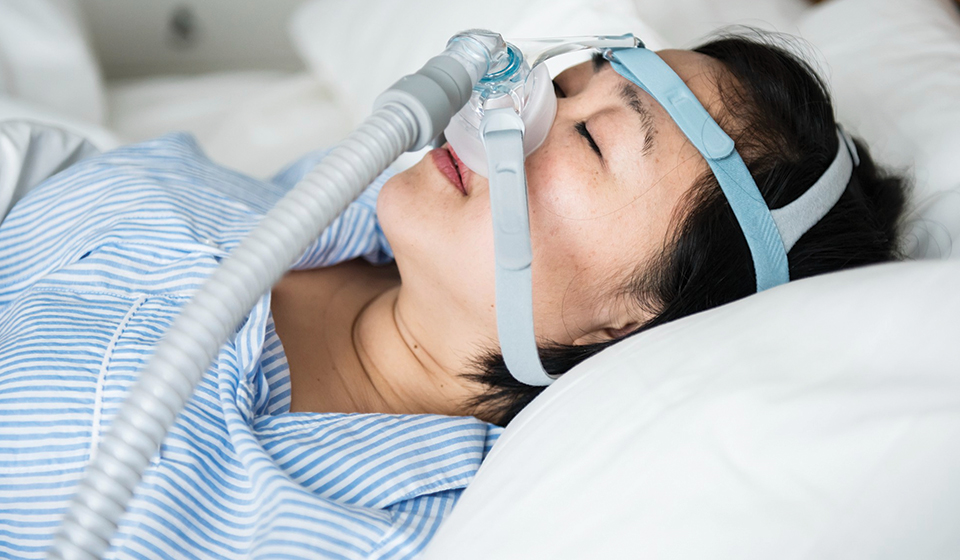A good bite necessitates the coordination of several factors, including tooth location and angle, jaw alignment, etc. Bite problems could arise with a single component being off. These issues are not only unpleasant but they can make eating challenging and eventually harmful. Fortunately, more modern orthodontists in Westchase, TX, procedures available today can align your jaw, and teeth, resulting in happier, healthier smiles.
Bite problems that orthodontics can resolve –
Overbite
A vertical overlap of the upper front teeth over the lower front teeth, giving the impression of a shorter tooth, is known as an overbite, often referred to as a deep bite. It can lead to problems with the jaw joint, erode tooth enamel, and break teeth. Orthodontists in Westchase, TX, can excise teeth to reduce crowding and realign others or can employ bite blocks fastened to braces to retrain muscles.
Underbite
An underbite occurs when the lower front teeth are positioned vertically in front of the upper front teeth. Underbites push the chin forward, creating an uneven facial profile and promoting uneven tooth wear. They also make it difficult to chew properly. Depending on how severe the underbite is, braces, bite blocks, or oral surgery along with braces can be used to realign the lower and upper jaws.
Crossbite
When the upper and lower teeth bite backwards, creating an improper side-to-side contact, it results in a crossbite. In children, partial or complete crossbites provide unequal biting pressures that might skew normal jaw development. Expanders make the upper jaw wider, which allows braces to properly realign teeth. Other procedures for correcting crossbites include oral surgery or early baby tooth extraction.
Open Bite
When the jaw is closed, an open bite is defined by a space between the upper and lower front teeth. Speech problems and trouble biting during specific meals can be caused by this ailment. Braces or clear aligners are common Orthodontic procedures in Westchase, TX, used to fill gaps and align teeth.
Crowding
Too little jaw space to accommodate all teeth generally results in uncomfortable, unsightly crowding. In order to create space, braces first enlarge the dental arch before carefully straightening and placing the teeth. Taking off one or more unnecessary teeth is another way to treat crowding.
Spacing (Gaps Between Teeth)
Food particles can become lodged in the spaces between teeth, causing cavities, gum disease, and difficulty speaking. Orthodontic solutions relocate teeth into gaps properly without leaving them excessively narrow in between by employing braces, coils, and elastics to seal spaces.
Midline Misalignment
Asymmetry occurs when the upper and lower front teeth are not vertically aligned. It looks unattractive and reduces precision when chewing. In order to correct misaligned teeth on one dental arch and bring them into normal alignment with the other, braces are used to address midline disparities.
Step Towards Your Perfect Smile! Schedule Your Orthodontic Consultation Today!
Untreated biting misalignments lead to progressively deteriorating oral health problems. Fortunately, Orthodontists in Westchase, TX, can deliberately align your teeth and jaws to improve functioning and appearance for maximum health if you seek treatment today. Speak with an orthodontist about specialized treatments to address your unique bite issue. Contact Unident Family Dentistry in Westchase, TX, for more details.








